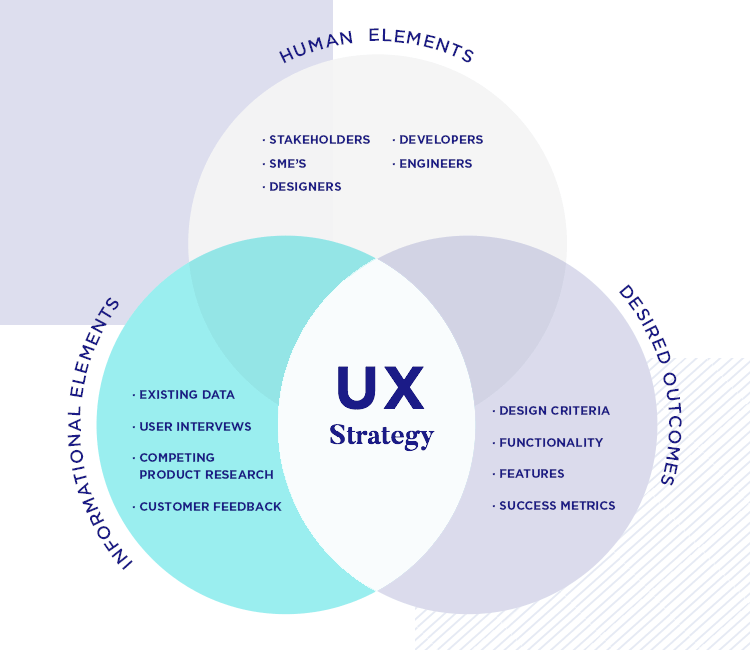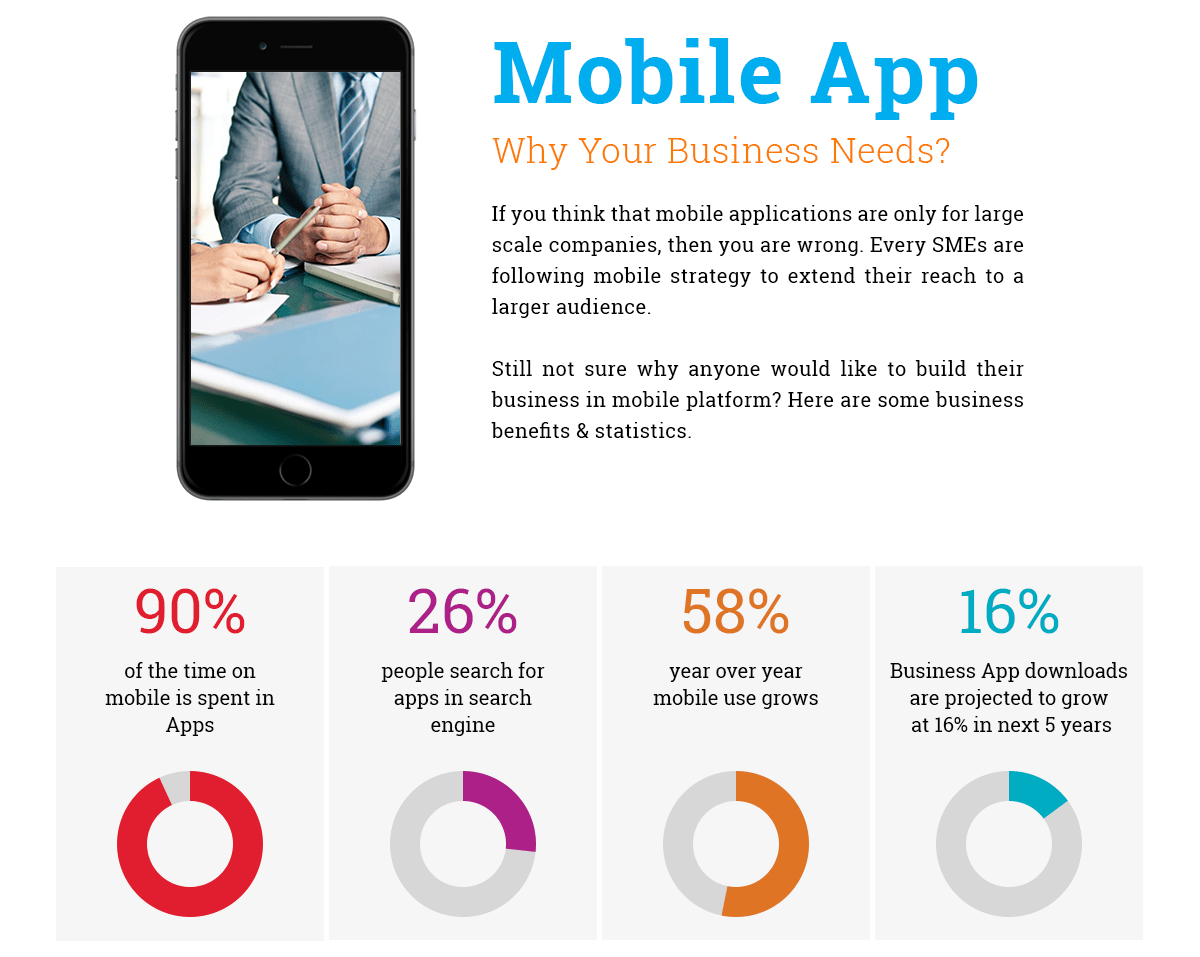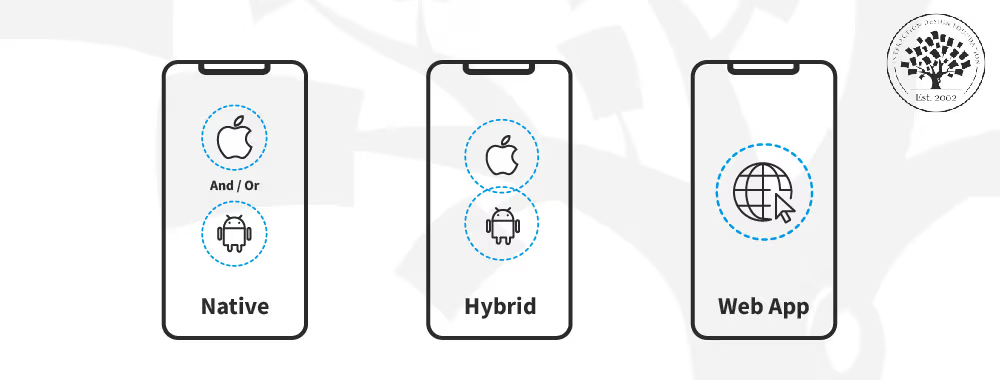In today’s fast-paced digital era, organizations are under constant pressure to modernize their IT infrastructure. Legacy systems, while reliable in the past, often become bottlenecks that hinder innovation, scalability, and performance. Businesses face two main paths when addressing outdated systems: legacy migration or complete system replacement. Each option comes with unique benefits and challenges that must be carefully evaluated.
At Singleclic, we specialize in helping organizations navigate this critical decision, offering tailored strategies for smooth transitions that align with business goals.
Understanding Legacy Migration
Legacy migration refers to moving existing applications, data, and workloads from outdated systems into modern environments, such as cloud-based platforms or updated architectures. The focus is on retaining the system’s core functionality while enhancing efficiency and reducing operational risks.
Benefits of Legacy Migration
- Cost Efficiency – Migrating is often less expensive than building a new system from scratch.
- Reduced Risk – Keeps familiar business logic intact, minimizing disruption.
- Faster Implementation – Migration can be completed more quickly than replacement.
- Enhanced Scalability – Modern platforms enable integration with new technologies like AI, analytics, and automation.
Challenges of Legacy Migration
- Technical Complexity – Data mapping, code refactoring, and compatibility issues may arise.
- Partial Limitations – Migration may not fully eliminate old inefficiencies.
- Ongoing Maintenance – Even after migration, some legacy elements may still require support.
Understanding System Replacement
System replacement involves building or purchasing an entirely new system to replace outdated legacy applications. Instead of adapting the old, the business invests in a modern solution designed from the ground up.
Benefits of System Replacement
- Long-Term Value – A modern system reduces the risk of future obsolescence.
- Better Integration – New solutions are designed to seamlessly connect with cloud, AI, and modern business applications.
- Improved Security – Replacement ensures compliance with the latest cybersecurity standards.
- Future-Proofing – Eliminates technical debt and positions the organization for growth.
Challenges of System Replacement
- High Costs – Rebuilding or purchasing new systems can require substantial investment.
- Time-Consuming – Development and deployment may take months or even years.
- Business Disruption – Training employees and migrating processes can temporarily slow operations.
Legacy Migration vs Replacement: How to Choose?
When deciding between migration and replacement, businesses should assess factors like budget, time constraints, risk tolerance, and long-term IT strategy.
- If cost and speed are top priorities, legacy migration may be the best option.
- If the goal is long-term digital transformation, replacement provides stronger value.
- Hybrid approaches can also work—some systems may be migrated, while others are fully replaced.
👉 For a deeper understanding of modernization strategies, check out our comprehensive guide:
Modernizing Legacy Systems: A Comprehensive Guide
People Also Ask (FAQs)
What are the disadvantages of legacy systems?
Legacy systems are costly to maintain, difficult to scale, vulnerable to security threats, and often incompatible with modern technologies.
What is a legacy migration?
Legacy migration is the process of transferring applications, data, or systems from outdated platforms to modern infrastructures while retaining business logic.
When should you replace in-house applications or legacy systems?
Organizations should consider replacement when systems are too costly to maintain, lack security compliance, or cannot meet future business demands.
What are the benefits of legacy modernization?
Legacy modernization improves performance, scalability, security, and cost efficiency, while enabling businesses to adopt emerging technologies.
Why Choose Singleclic?
Since 2013, Singleclic has been a trusted IT solutions provider in the Arab region, delivering end-to-end digital transformation services. From custom software development and ERP/CRM solutions to cybersecurity, hosting, and 24/7 technical support, we empower businesses to modernize with confidence.
📞 Contact us today:
- Egypt: +2 010 259 99225
- UAE: +971 42 475421
- Saudi Arabia: +966 58 1106563
🌐 Visit: https://singleclic.com/







